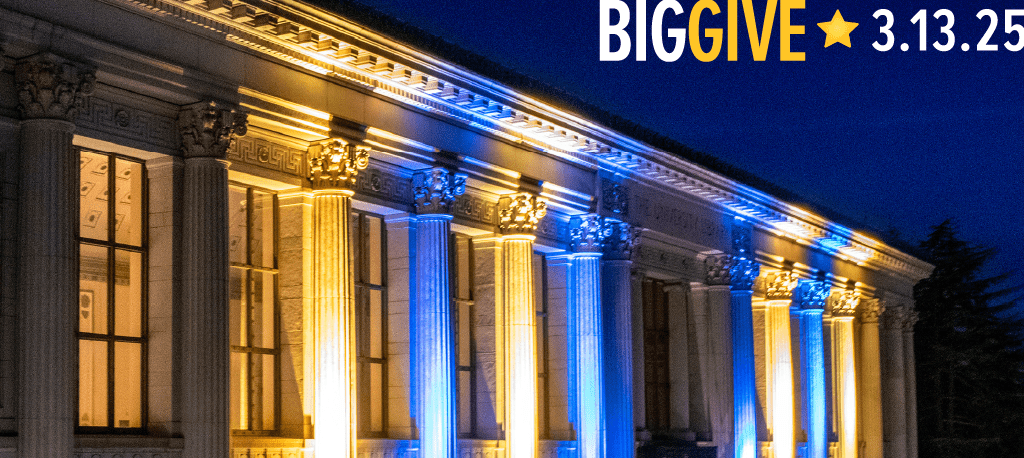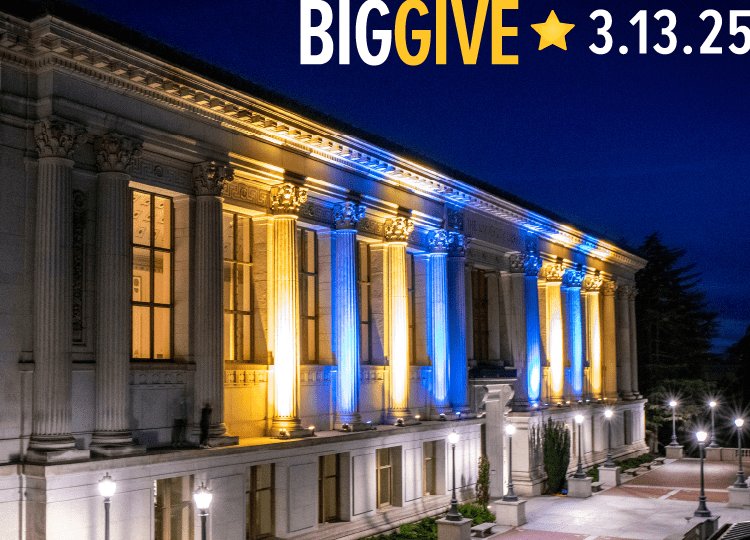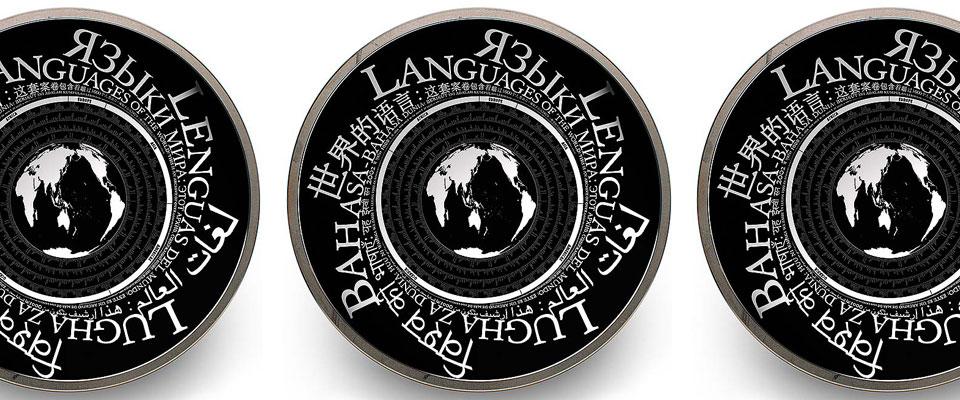You’ve probably experienced that unique combination of loss and rage when your computer’s hard drive suddenly crashes, erasing years of work files, financial records, and precious photos in an instant. What if that happened, asks linguist Laura Welcher, of the nonprofit Long Now Foundation, on a civilizational scale?
“Over the span of millennia, you have to expect there to be upheavals in society, times when knowledge is lost,” she says. (Think the Library of Alexandria.) How do we safeguard human knowledge from these future upheavals?
Welcher earned her Ph.D. from UC Berkeley and is now the director of the Long Now Foundation’s Rosetta Project, which seeks to build an archive of all human languages. The foundation’s answer is the Rosetta Disk, a modern-day analog to the famous Rosetta Stone. Instead of ancient Greek and Demotic and hieroglyphic Egyptian, the metal disk, just three inches across, is inscribed with information in over 1,500 languages—about a fifth of the world’s approximate 7,000—including Navajo, Tagalog, and Khmer. And instead of an ancient Egyptian decree, the core text of the Rosetta Disk is the first three chapters of Genesis, the most commonly translated text. The disk also includes a basic sketch of each language: its grammar, writing system, and a basic vocabulary list.
Like the Rosetta Stone, Welcher says, the disk is designed to be a kind of decoder ring for the future. The idea is to enable archaeologists and linguists 10,000 years in the future to translate a surviving text in a dead language by cross-referencing it with one that’s extant.
For the disk to exist ten millennia hence, it needs to be built to last. In designing prototypes, Welcher ditched digital technology entirely. Instead, Rosetta Disks are thin sheets of nickel, resistant to rust, high temperatures, and saline environments. “If you put it on a cooling lava flow, it would probably be OK,” Welcher says. Each disk is engraved with a gallium ion laser and electroplated by a lab in Oregon. To read the tiny text on the disks, all you need is an optical microscope that can magnify at 650x.
The first disks were manufactured in 2008, and today fewer than 20 exist. Several are housed in institutions, including the Smithsonian and the University of Colorado Boulder, and aboard the European Space Agency’s Rosetta spacecraft, currently orbiting a comet. At this time, the general public can obtain a disk only by making a hefty donation to the foundation.
The Rosetta Project also aims to save endangered languages, which are going extinct at an alarming rate: Linguists predict that as many as half of the world’s languages will vanish by the end of this century. Welcher has piloted “record-a-thons” for speakers of endangered languages and has compiled dictionaries and creation myths, available online in the Rosetta Project’s digital collection.
“We have all of these different languages, and they represent 7,000 different takes on the world,” Welcher says. “The loss of a language impoverishes everybody.”






















